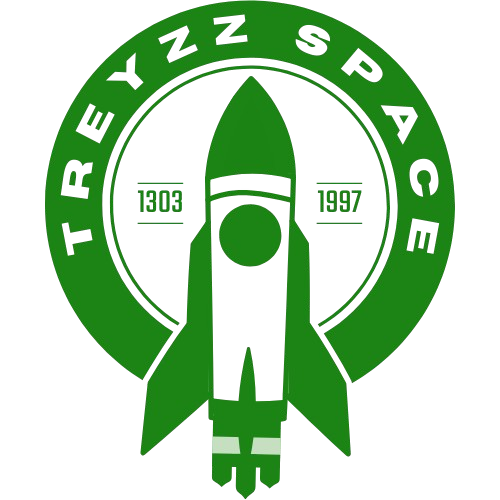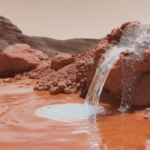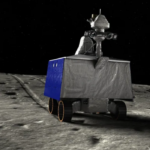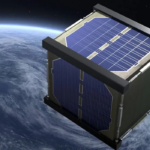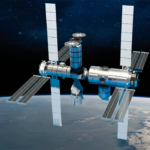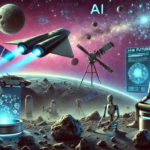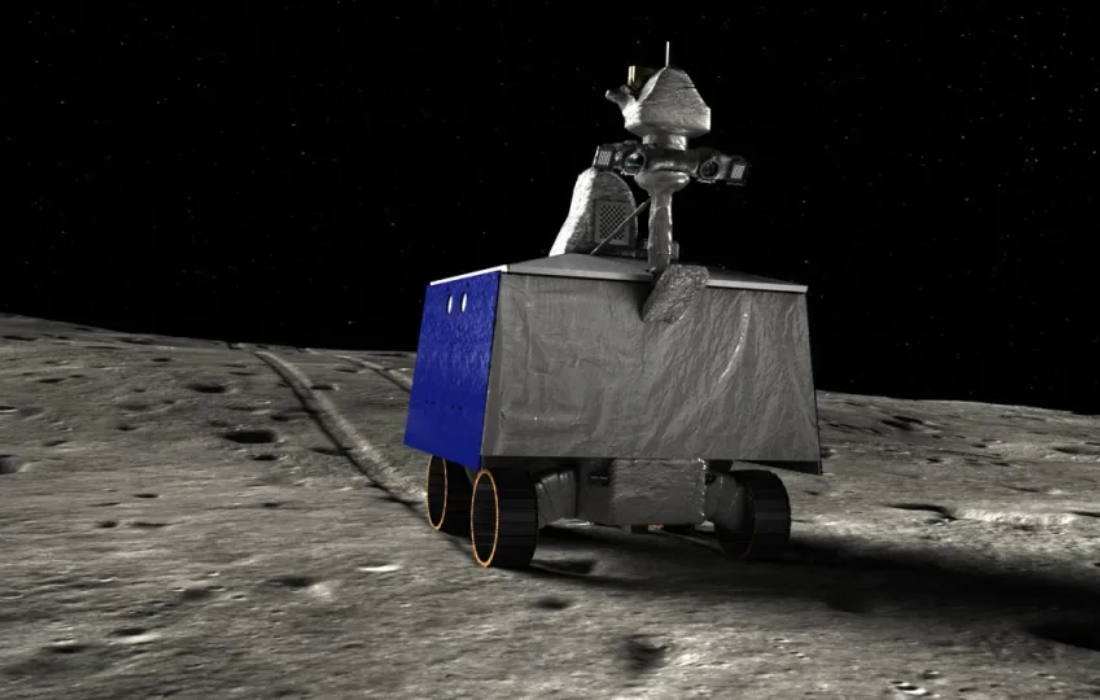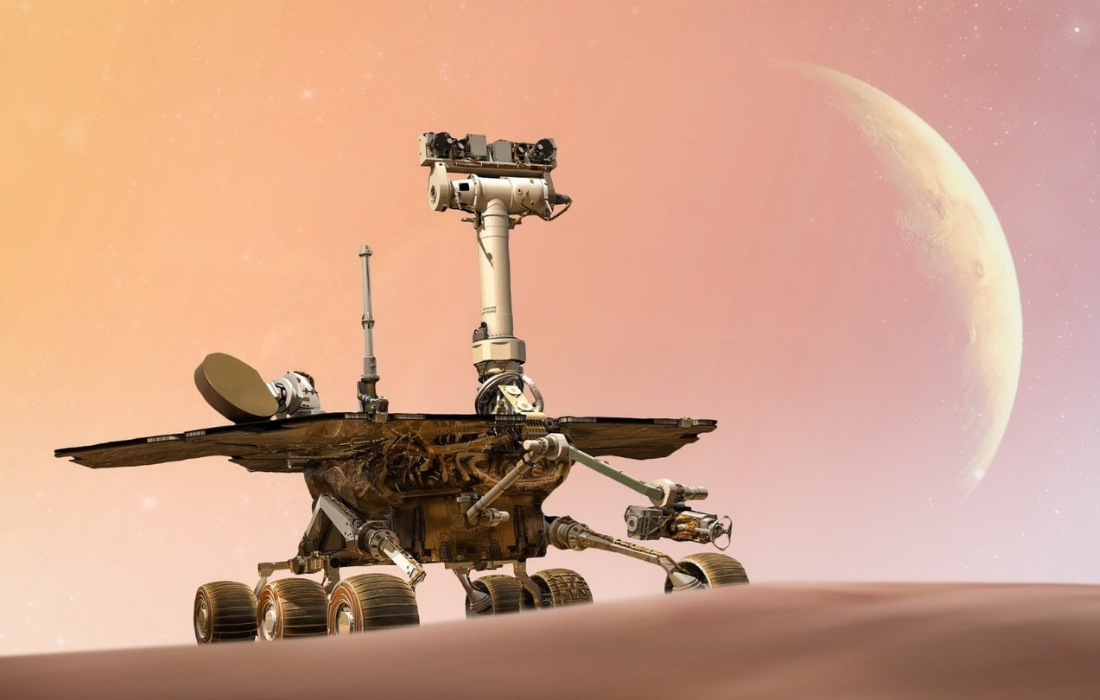NASA’s Volatiles Investigating Polar Exploration Rover (VIPER) is set to explore the Moon’s South Pole in a mission that will bring us closer to understanding one of the most critical elements for future lunar and deep space exploration: water. As part of NASA’s Artemis program, VIPER will help uncover how water is distributed on the Moon’s surface, the origin of lunar water, and how these resources evolve over time. The mission, however, is not just about what VIPER will discover on the Moon – it’s also about how the rover will navigate and make decisions with the help of cutting-edge artificial intelligence (AI) tools.
AI plays a vital role in ensuring that VIPER’s mission operations are adaptable and efficient. While the rover will be operated by a team of scientists and engineers on Earth, it will also use AI-powered systems to help make decisions in real-time and optimize its mission objectives. One of the key AI tools is SHERPA – the System Health Enabled Real-time Planning Advisor. SHERPA assists with planning the rover’s route across the rugged lunar terrain, while also factoring in the needs and constraints of the rover as well as the scientific goals of the mission.
Traversing the Rugged Lunar Terrain
The VIPER mission will last approximately 100 days, and the rover will make several stops at science stations located across the lunar surface, with a primary goal of studying water and other volatile compounds at the South Pole. VIPER’s mission is complicated by the Moon’s challenging landscape, which includes extreme temperatures, shadowed areas, and rugged features. In addition to identifying key sites for scientific exploration, VIPER must also ensure that it doesn’t get stuck in dark and cold areas when it temporarily loses communication with Earth. This is where AI steps in.
SHERPA’s algorithms are designed to consider thousands of possible routes that the rover could take. By analyzing mission data, it can predict the potential risks and provide the team with options that optimize the rover’s safety and scientific objectives. What’s more, SHERPA can adapt to changing conditions during the mission. As the rover encounters new challenges or opportunities, SHERPA provides real-time guidance to help the team make decisions on the fly. The AI system runs simulations of potential traverses, considers contingency options, and revises the route based on new information, ensuring that VIPER can complete its mission successfully while avoiding obstacles along the way.
AI-Assisted Decision Making
While SHERPA provides a framework for mission planning, the process is far from fully automated. Human input remains crucial in adjusting the AI-generated suggestions to meet practical and logistical needs. For example, team members may adjust plans based on staffing constraints or other operational factors that SHERPA may not be able to fully assess. The beauty of SHERPA is that it presents a flexible, dynamic decision-making tool that human scientists can revise and refine in real time, continuously ensuring that VIPER’s movements align with both scientific goals and operational constraints.
Additionally, AI techniques like temporal constraint planning allow the team to schedule and prioritize a list of activities for VIPER. These algorithms help ensure that the rover’s tasks are completed within a set timeframe, keeping the mission on track and maximizing the potential for scientific discovery.
A Step Forward in Space Exploration
The integration of AI into NASA’s VIPER mission is just one example of how artificial intelligence is revolutionizing space exploration. AI is not replacing human input but enhancing it by processing vast amounts of data, analyzing different variables, and offering options to help scientists make more informed decisions. As NASA continues to push the boundaries of space exploration, AI will be an essential tool in navigating the unknown and optimizing mission outcomes.
NASA’s VIPER mission, powered by artificial intelligence, will provide groundbreaking insights into the Moon’s environment and water resources, paving the way for future lunar habitats and missions to Mars. As the mission progresses, AI will continue to be a valuable asset, helping humanity explore the cosmos more effectively and safely.
